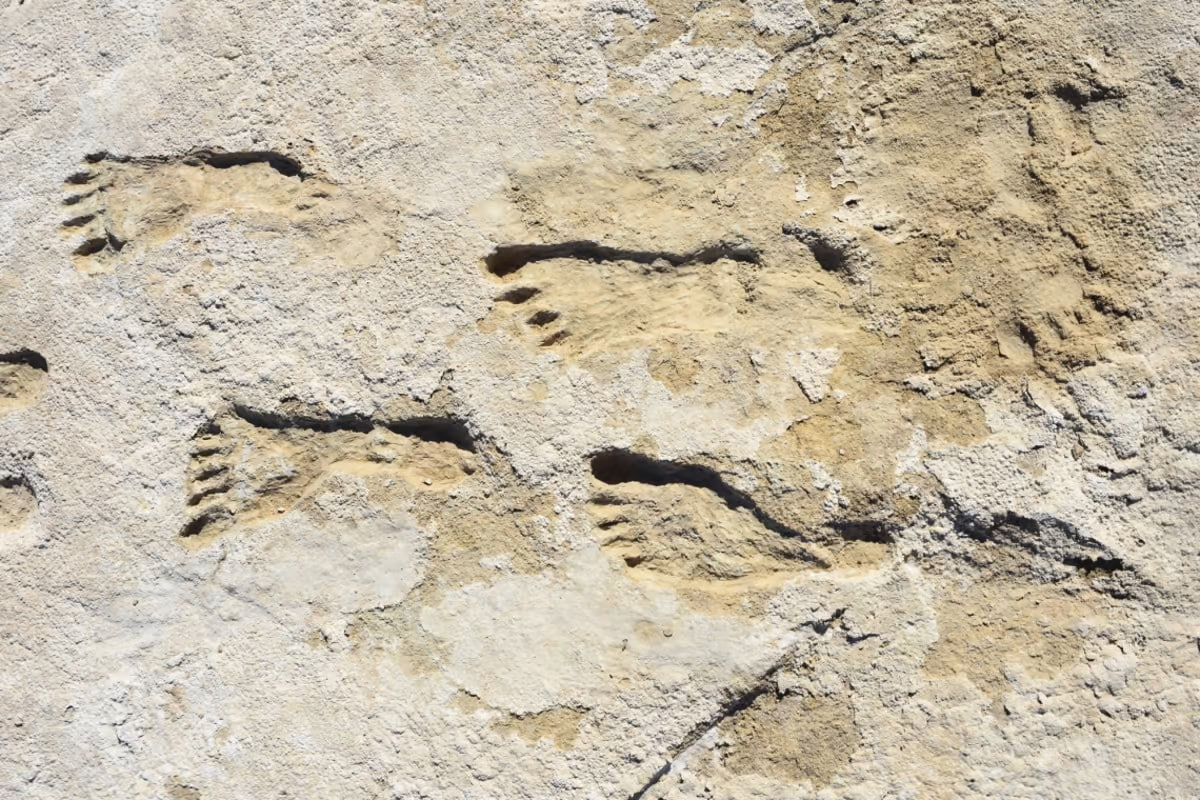In 2021, archeologists caused a stir with the announcement that a set of fossilized human footprints in New Mexico dated back more than 20,000 years – several millennia earlier than humans were thought to have set foot in North America. Now two extra dating methods have seemingly confirmed the age.
For decades it was believed that the first humans in North America were the Clovis culture, with ample evidence placing them on the continent as far back as 13,000 years ago. However, there were some scattered signs of human presence that may have predated the Clovis people by a few thousands years.
In 2021, a controversial study examined human footprints at an archeological site in White Sands National Park, New Mexico, and found that they were approximately 21,000 and 23,000 years old. If true, that would require quite a drastic shake-up of the timeline of human migration.
However, in a healthy demonstration of how science should work, the study wasn’t without its skeptics. The age of the footprints was originally determined through radiocarbon dating of seeds from a plant called Ruppia cirrhosa that were preserved in the sediment the prints were cast in. The problem is this is an aquatic plant, meaning the captured carbon comes from the water not the air, potentially returning an older age than that of the footprints themselves.
So for the new study, the team used two other methods to date the samples. They collected tens of thousands of pollen grains from the same layers as the original seeds – only this time the pollen was from conifers, a terrestrial plant. Radiocarbon dating was performed on these, and sure enough, they returned the same window of 21,000 to 23,000 years old.
“Pollen samples also helped us understand the broader environmental context at the time the footprints were made,” said David Wahl, co-author of the study. “The pollen in the samples came from plants typically found in cold and wet glacial conditions, in stark contrast with pollen from the modern playa which reflects the desert vegetation found there today.”
Next, the researchers used another method called optically stimulated luminescence, which works by calculating the last time a sample was exposed to sunlight. They performed this on samples of quartz grains from inside the footprints, and once again found a similar window – they’d been buried for at least 21,500 years.
With three different techniques all pointing towards the same timeframe, the researchers say that their original age estimate is now far stronger. The study raises new questions about how exactly the first humans arrived in North America – after all, this was during the height of the last Ice Age, when huge glaciers were thought to have blocked off passage from Siberia to Alaska and down through Canada.
Source: New Atlas







